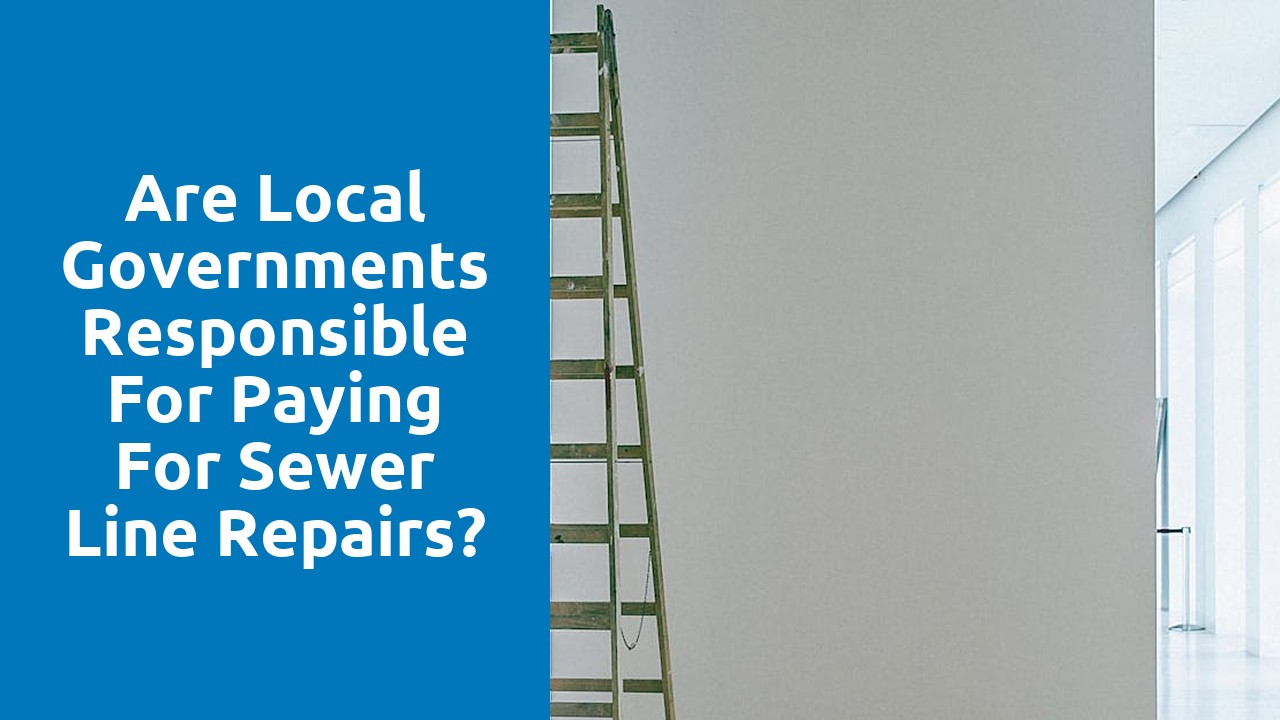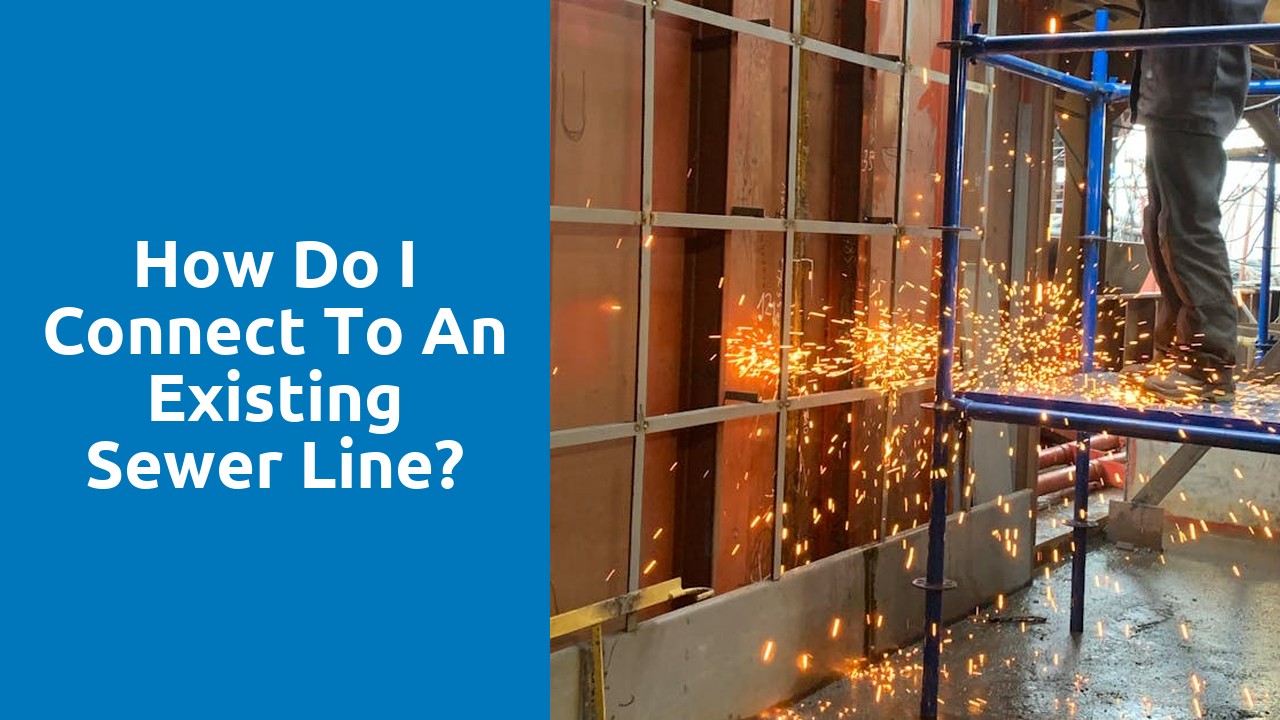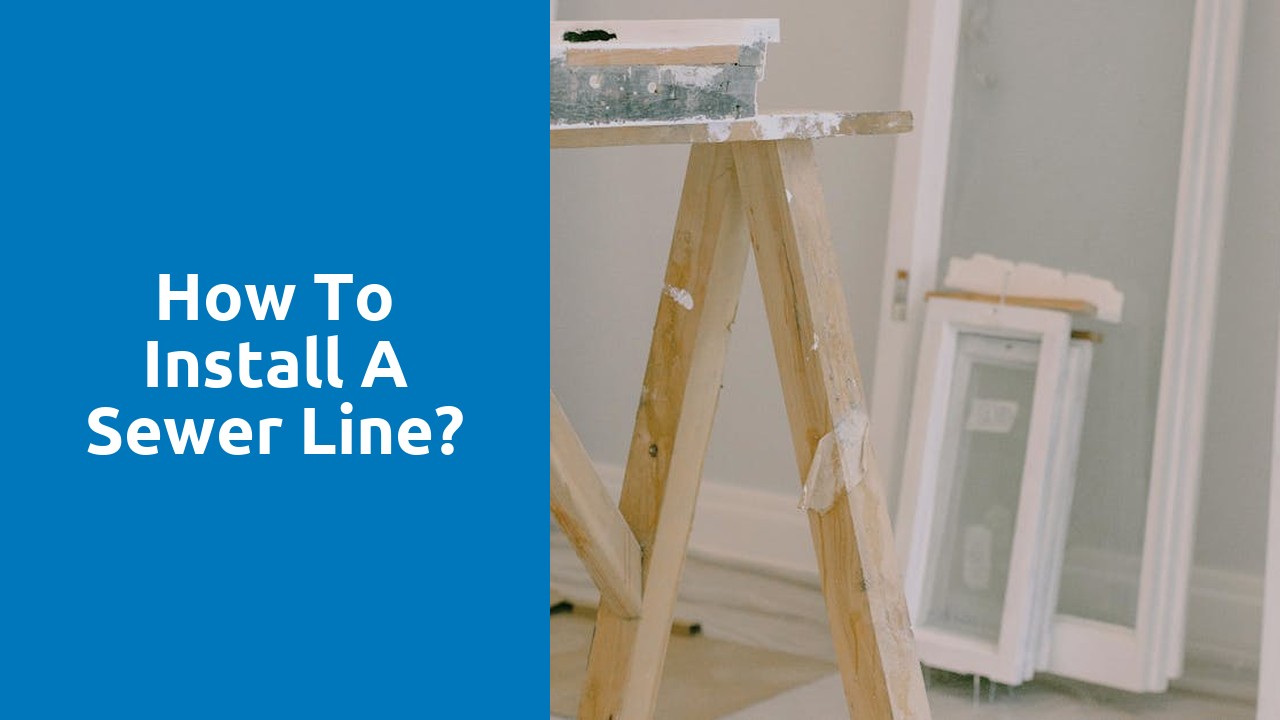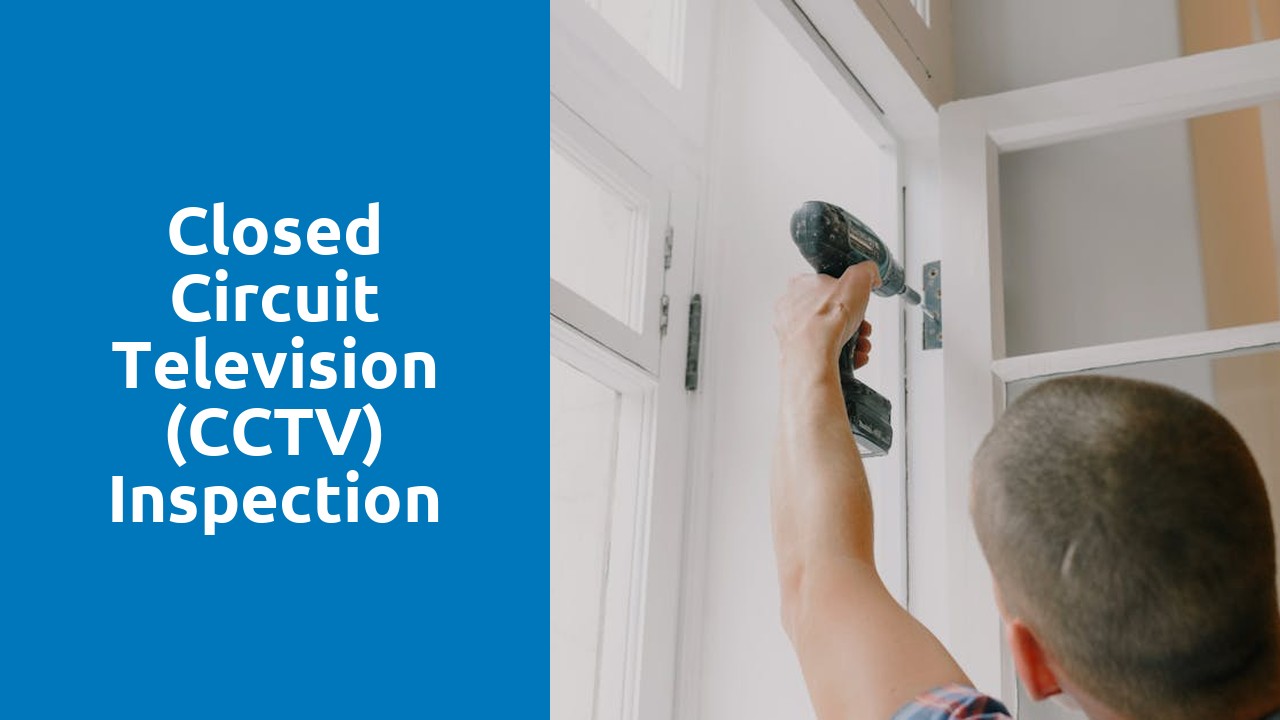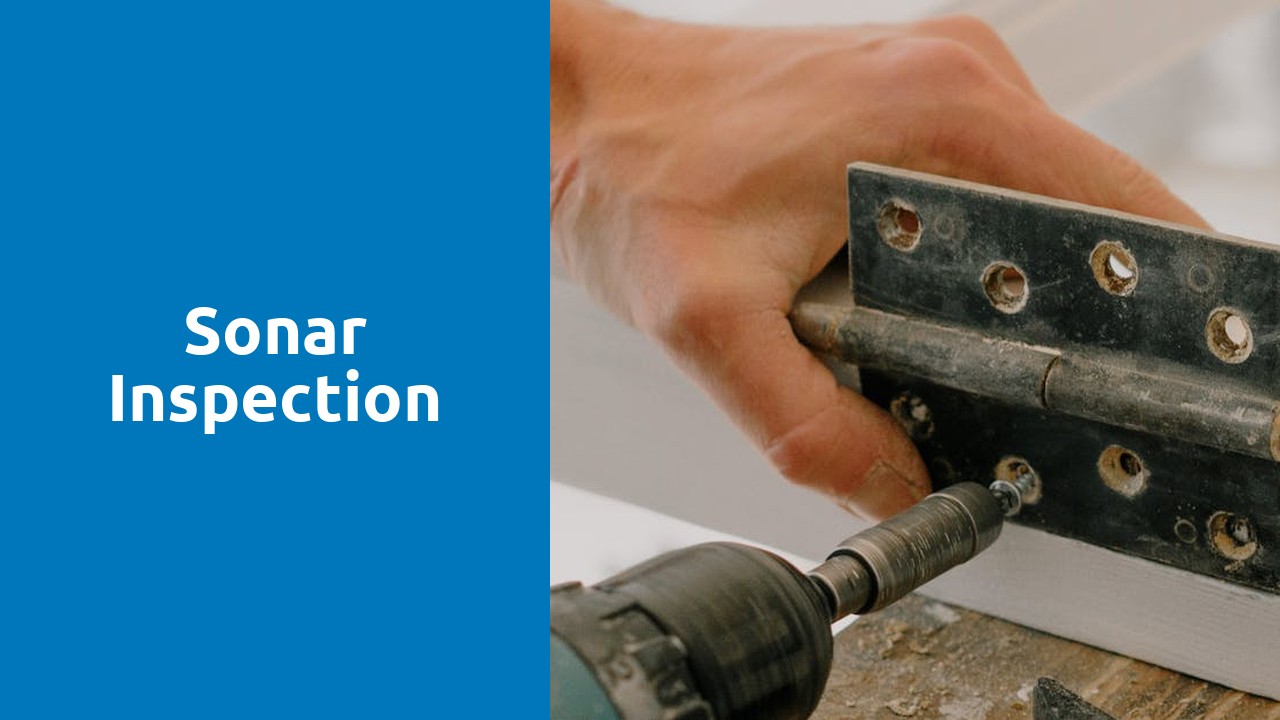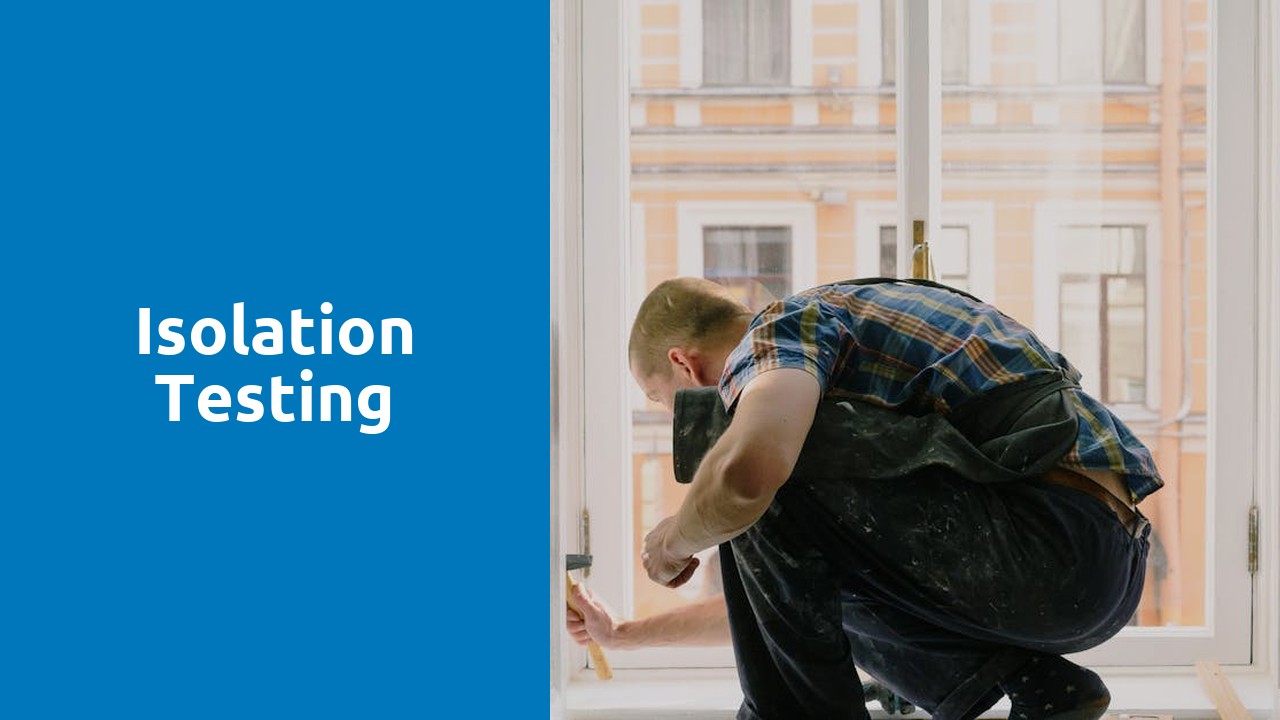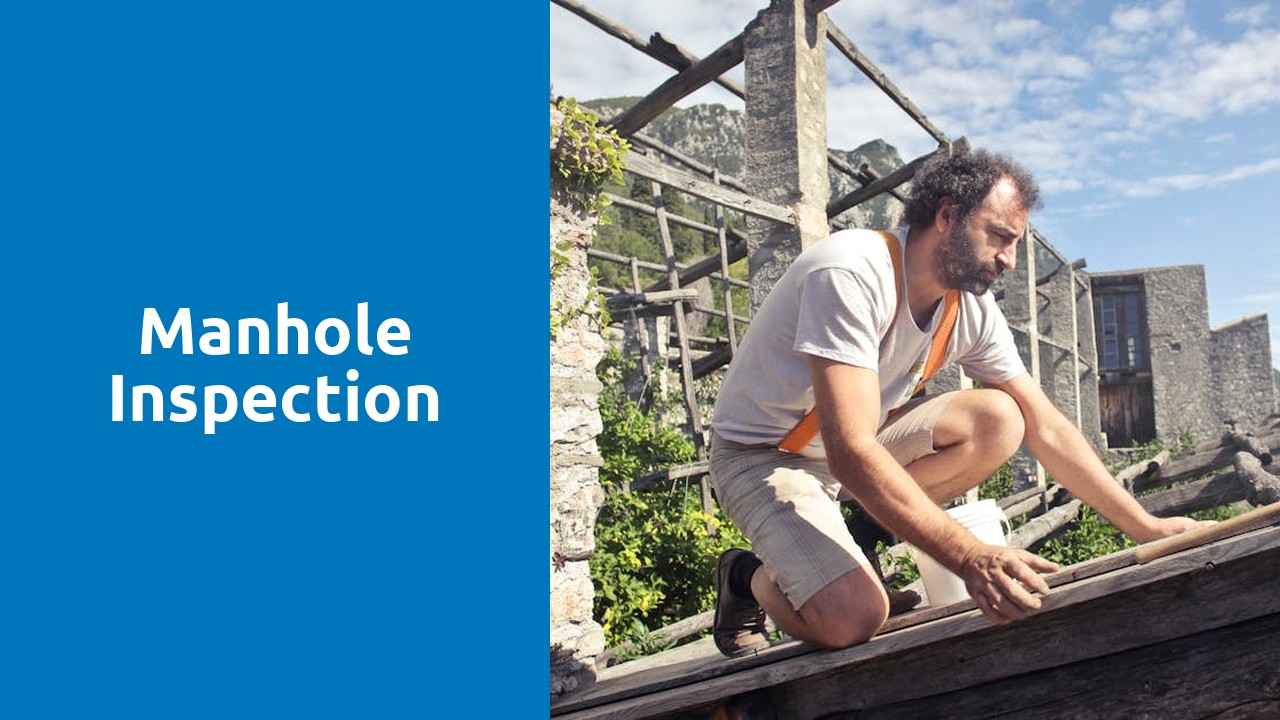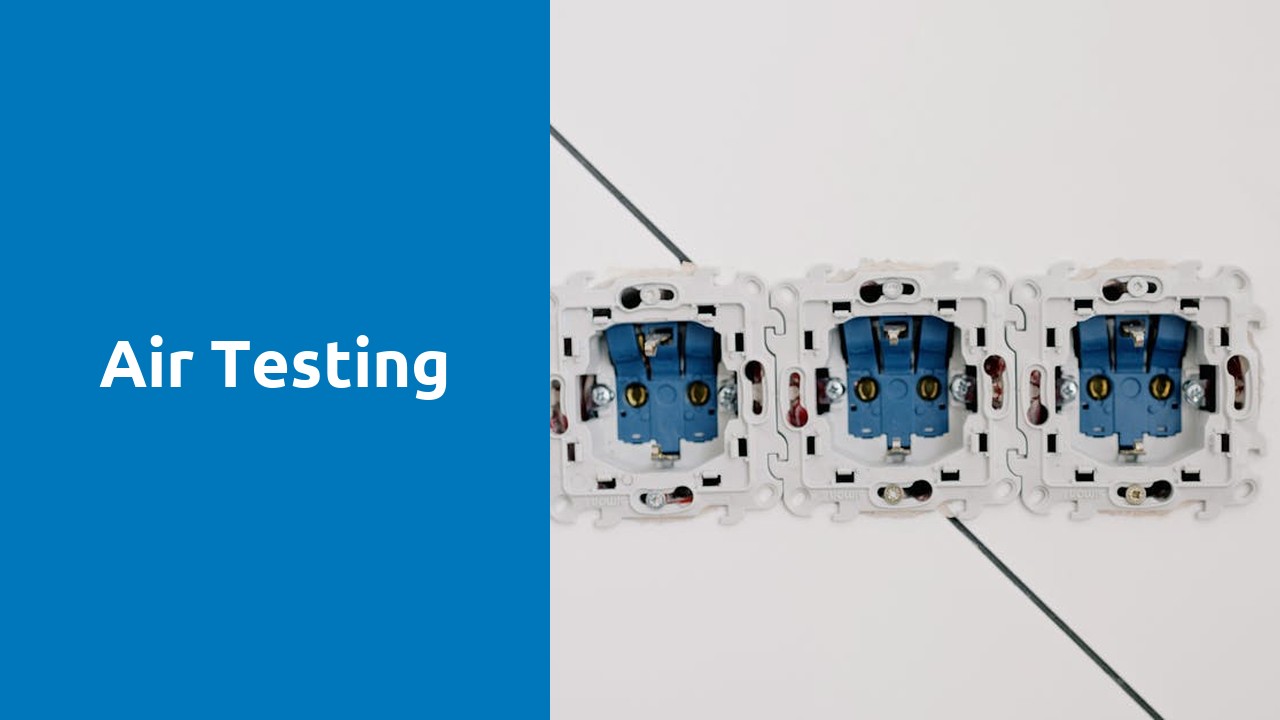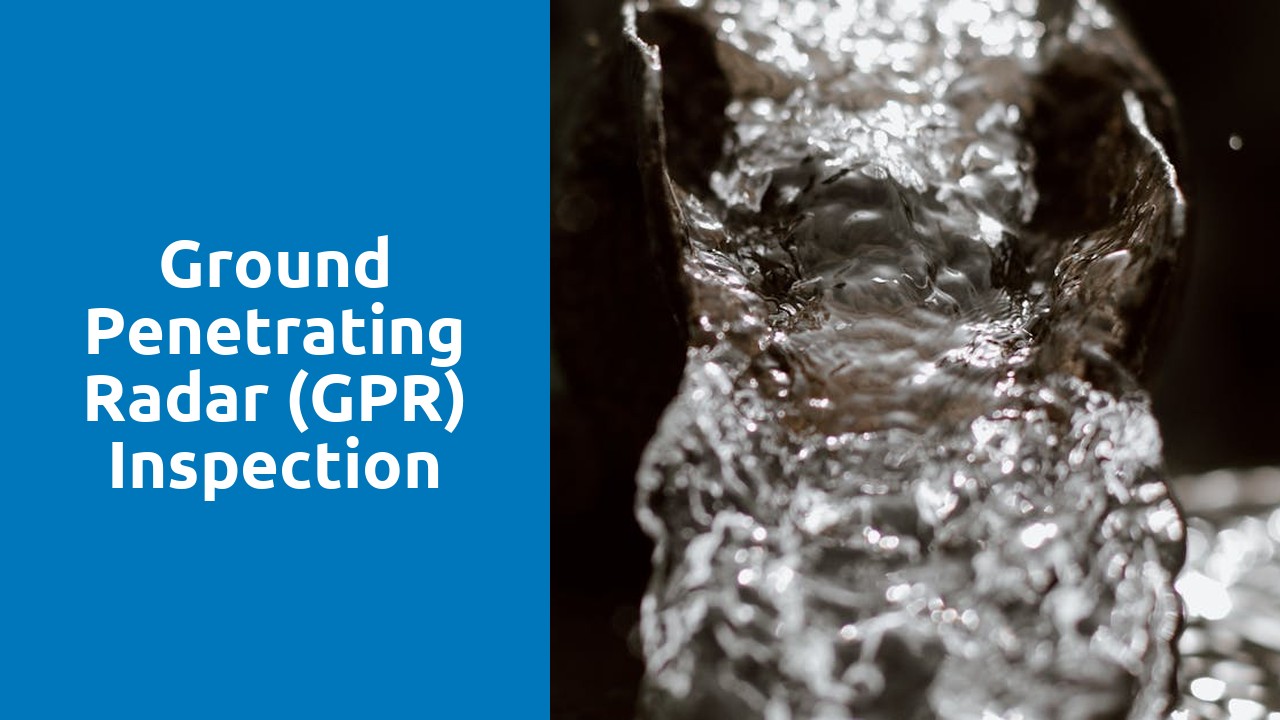
Table Of Contents
Common Applications of Hydrostatic Testing
Hydrostatic testing finds extensive use in a variety of industries due to its effectiveness in determining the strength and integrity of pipelines, gas cylinders, plumbing systems, and other pressurized equipment. It is widely applied in testing the durability of water mains, fire suppression systems, and sewer lines. Sewer line installation and repair near me often involve hydrostatic testing to ensure that the pipelines can withstand the pressures they will encounter during regular use.
Another common application of hydrostatic testing is in the inspection of pressure vessels such as boilers and storage tanks. By subjecting these vessels to high-pressure tests with water or another suitable fluid, any weaknesses or defects in the structure can be identified, thus preventing potential hazards. Heat exchangers, piping systems, and hydraulic systems in various industries also undergo thorough hydrostatic testing to verify their reliability and safety.
Industries and Systems that Benefit from Hydrostatic Tests
Industries across various sectors rely on hydrostatic testing to ensure the safety and efficiency of their equipment and systems. For instance, in the automotive industry, hydrostatic testing is crucial for checking the integrity of fuel tanks and hydraulic systems in vehicles. Similarly, in the aerospace sector, the testing method is used to assess the structural integrity of aircraft components such as fuel tanks and hydraulic lines. Sewer line installation and repair near me can also benefit from hydrostatic testing to verify the strength and reliability of new pipelines, preventing potential leaks or system failures in the future.
Moreover, the oil and gas industry heavily depends on hydrostatic testing to evaluate the integrity of pipelines and pressure vessels. By subjecting these critical components to high-pressure tests, companies can detect any weaknesses or defects that could lead to hazardous leaks or ruptures. Additionally, industries that handle chemicals and other hazardous materials, such as manufacturing plants and refineries, utilize hydrostatic testing to ensure the safety of their storage tanks and transport systems. Sewer line installation and repair near me can also benefit from regular hydrostatic tests to prevent environmental contamination and health risks associated with sewage leaks.
Benefits of Regular Hydrostatic Testing
Regular hydrostatic testing offers numerous benefits for industries and systems that rely on pressurized containers and pipelines. By conducting these tests at scheduled intervals, companies can ensure the efficiency and longevity of their equipment. This proactive approach helps in identifying potential weaknesses or defects before they escalate into catastrophic failures. Sewer line installation and repair near me is just one example of how regular hydrostatic testing can prevent costly damages and disruptions to essential systems. Additionally, these tests provide peace of mind to both operators and regulators by demonstrating compliance with industry standards and regulations.
Furthermore, incorporating regular hydrostatic testing into maintenance protocols can enhance safety measures within various industries. By detecting any pressure-related issues early on, companies can mitigate the risk of accidents and environmental hazards. This preventive measure not only safeguards personnel and assets but also upholds the reputation and credibility of businesses. Sewer line installation and repair near me greatly benefit from this proactive approach, as it ensures the continuous functionality of vital infrastructure while minimizing the likelihood of emergencies.
Ensuring Efficiency and Longevity of Equipment
Ensuring efficiency and longevity of equipment is paramount in industries that heavily rely on precision and safety. Proper maintenance and regular hydrostatic testing play a crucial role in achieving this goal. By implementing routine tests, companies can proactively identify potential issues before they escalate, thus minimizing downtime and costly repairs. Sewer line installation and repair near me should adhere to these practices to ensure the optimal performance of equipment and systems.
Moreover, conducting hydrostatic tests not only safeguards the equipment but also enhances its overall efficiency. Identifying leaks or weaknesses in the system early on can prevent catastrophic failures and ensure smooth operations. Industries and businesses that prioritize regular testing demonstrate a commitment to safety and quality, which can ultimately lead to increased productivity and customer satisfaction. Sewer line installation and repair near me can greatly benefit from a proactive approach, maintaining equipment integrity and longevity.
Regulations and Standards for Hydrostatic Testing
Regulations and standards for hydrostatic testing play a critical role in ensuring the safety and reliability of various systems and equipment. Organizations such as the Occupational Safety and Health Administration (OSHA) and the American Society of Mechanical Engineers (ASME) provide guidelines regarding the frequency, procedures, and documentation requirements for hydrostatic testing. Compliance with these regulations is essential to guarantee that equipment operates within safe parameters, minimizing the risk of catastrophic failures. Furthermore, adhering to industry standards not only enhances safety but also promotes efficiency and longevity of the systems being tested.
Sewer line installation and repair near me must comply with established regulations and standards for hydrostatic testing to guarantee the integrity of the sewer system. Regular testing is crucial to identify any weaknesses or potential leaks in the sewer lines, preventing environmental contamination and ensuring the proper functioning of the system. By following the prescribed protocols for hydrostatic testing, businesses and municipalities can proactively address any issues, maintain compliance with regulatory requirements, and uphold the safety of the community and the environment.
Compliance Requirements and Industry Guidelines
Compliance requirements and industry guidelines play a crucial role in ensuring the safety and quality of hydrostatic testing processes. For companies involved in conducting hydrostatic tests, adhering to established regulations is not only a legal obligation but also a means to guarantee the reliability of equipment and systems. By complying with industry standards, organizations can minimize risks, prevent accidents, and maintain operational efficiency. Sewer line installation and repair near me should also be in compliance with these regulations to ensure the longevity and effectiveness of the systems.
Moreover, staying updated with the latest advancements in regulatory frameworks and industry best practices is essential for companies engaged in hydrostatic testing. Periodic revisions and amendments to compliance requirements necessitate a proactive approach from businesses to stay abreast of changes and implement necessary adjustments promptly. By prioritizing adherence to industry guidelines, organizations can uphold their reputation, foster trust among customers, and contribute to the overall efficiency and effectiveness of hydrostatic testing processes. Sewer line installation and repair near me must be carried out in alignment with these standards to guarantee the safety and functionality of the systems.
FAQS
What is hydrostatic testing?
Hydrostatic testing is a method used to assess the strength and integrity of pressure vessels, pipelines, plumbing systems, and other equipment by filling them with water or another liquid and pressurizing them to a specified level.
How often should hydrostatic testing be conducted?
The frequency of hydrostatic testing depends on the type of equipment and industry standards. In general, it is recommended to conduct hydrostatic testing at regular intervals as specified by regulatory bodies or equipment manufacturers.
What are the common applications of hydrostatic testing?
Hydrostatic testing is commonly used in industries such as oil and gas, construction, aerospace, and manufacturing to test the structural integrity of pressure vessels, pipelines, fire extinguishers, and diving cylinders, among others.
How does hydrostatic testing benefit equipment efficiency and longevity?
By subjecting equipment to hydrostatic testing, any weaknesses, leaks, or defects can be identified and repaired before they lead to catastrophic failure. This helps ensure the efficiency and longevity of the equipment, reducing the risk of accidents and downtime.
What regulations and standards govern hydrostatic testing?
Hydrostatic testing is regulated by various industry standards and guidelines, such as those set by the American Society of Mechanical Engineers (ASME), the Occupational Safety and Health Administration (OSHA), and the Department of Transportation (DOT), among others. Compliance with these regulations is crucial to ensure the safety and reliability of equipment.

